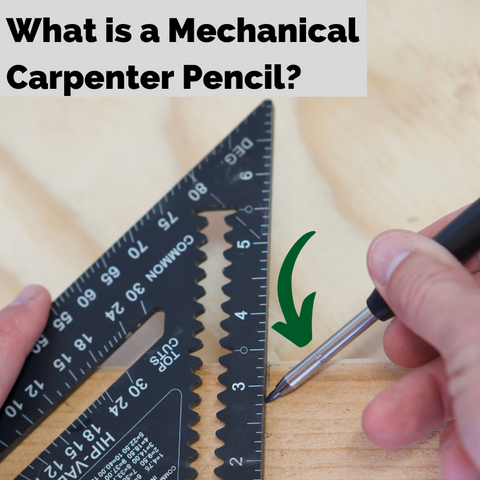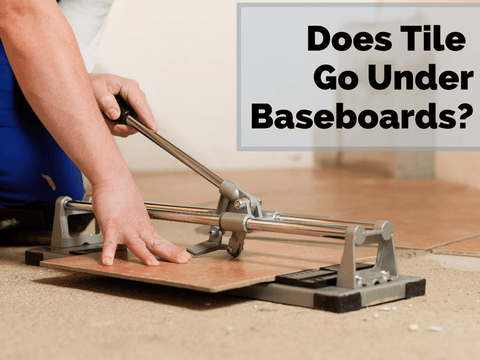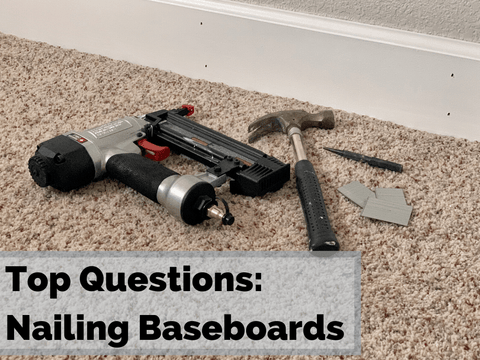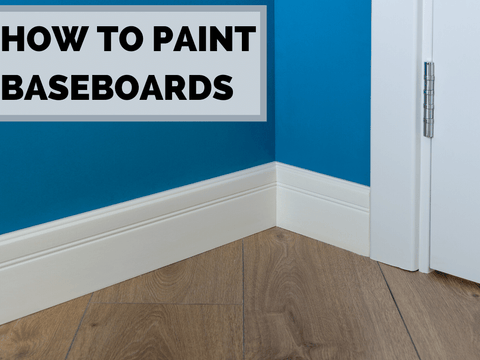
Selecting the height of the baseboard could be as simple as picking the one you like best. Most baseboards run between 3 ¼ inches – 8 inches. However, there can be many things to consider to get it just right. Use the following factors to help determine the best height for your baseboards:
Common Heights Sold by Retailers: Retailers sell all sorts of shapes and sizes, but the most common include 3 ¼ inches and 5 ¼ inches. Typically, they are 5/8 inches thick and come in 16-foot strips.
Height of the Walls: Some homes have higher ceilings throughout, while some have lower ceilings in certain rooms. If you will have one continuous type of baseboard trim, you will need to select a style that goes with both. Most designers use the following rule of thumb – the taller the wall, the taller the trim; although many variations exist.
Size of the Crown Molding: If you have it, crown molding and its height may need to be evaluated in comparison to different sized baseboards.
Height of Chair Railing: Similar to crown molding, if you have chair molding running along the wall, you will want to evaluate. For example, in a smaller room, a 3’’ baseboard may look best to keep an appealing amount of space between the baseboards and chair rail. However, in rooms with higher ceilings, taller baseboard may help bring everything together.
Budget: Although not always the case, taller trim is more expensive. Other factors, like the type of material and profile, can also impact the price.
Personal Preference: Perhaps the most common way to determine the height of your baseboards is to purchase several different sample sizes and bring them home. Place them around the house and leave them to visualize how it will look in your room. Then, go with what you like and ditch what you don’t like! Also, consider the tools you have at your disposal, some taller baseboards cannot be cut in standard chop saws.
Pro-Tip: Don’t be afraid to use large trim and crown molding in a room with shorter walls! Rooms are intentionally designed with lots of trim work to help give the appearance it is larger and wider.
If you're looking for more baseboard information, check out our post How Do I Choose Baseboard: A DIY Guide.








